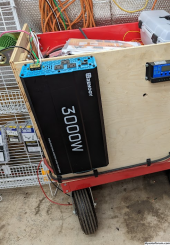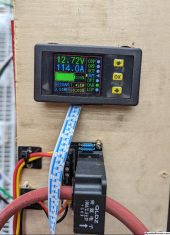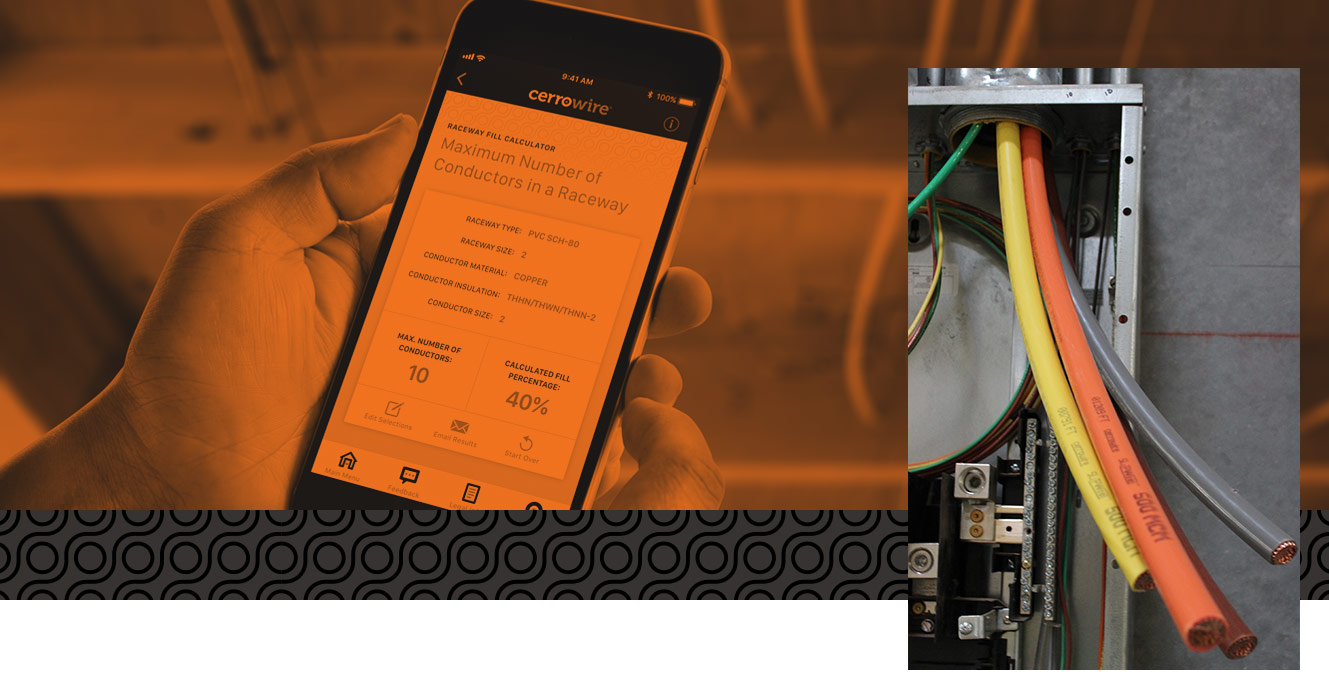justinm001
Solar Addict
- Joined
- Dec 18, 2022
- Messages
- 1,540
For me, I'd personally prefer to stay with 12v on an RV, and just use two Victron Multiplus 3000 in parallel to get 6000w, if I needed to go over what one 12v inverter could do, because I wouldn't want to fuss with DC-DC buck converters on everything to get back down to 12v for the 12v accessories.
Or if I really wanted to go 48v (doubtful I'd ever decide that), I would just build it alongside (add in the 48v battery bank) and leave all the 12v stuff alone, and use one master 48v to 12v DC-DC charger to charge the 12v packs from the 48v pack, or something to that extent. I guess it depends on how much 12v stuff one uses on their RV..
The problem is you'd still need 500amps of 12v just 250a on each inverter. This means you likely need 3 batteries (if bms is only 200a) and they can't be wired together so all 3 need equal length cables to something like a lynx power-in then need the shunt and buss bars all to be 600amps or so to handle the 500a inverters and the 12v loads.
Running the same in 24v is 250a which allows you to just wire the batteries together and run off opposite posts all using 4/0 wire to a 300a buss bar and shunt. Which saves like a grand, then just get a $130 70a 24 to 12 Victron Orion 70a forbl the 12v loads.





